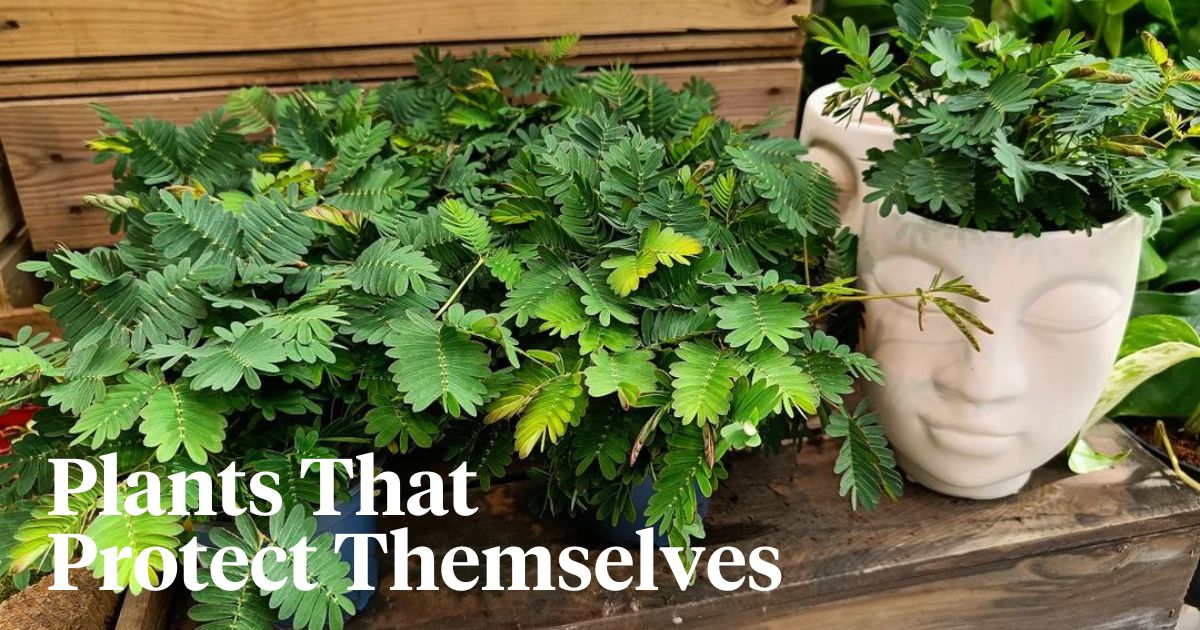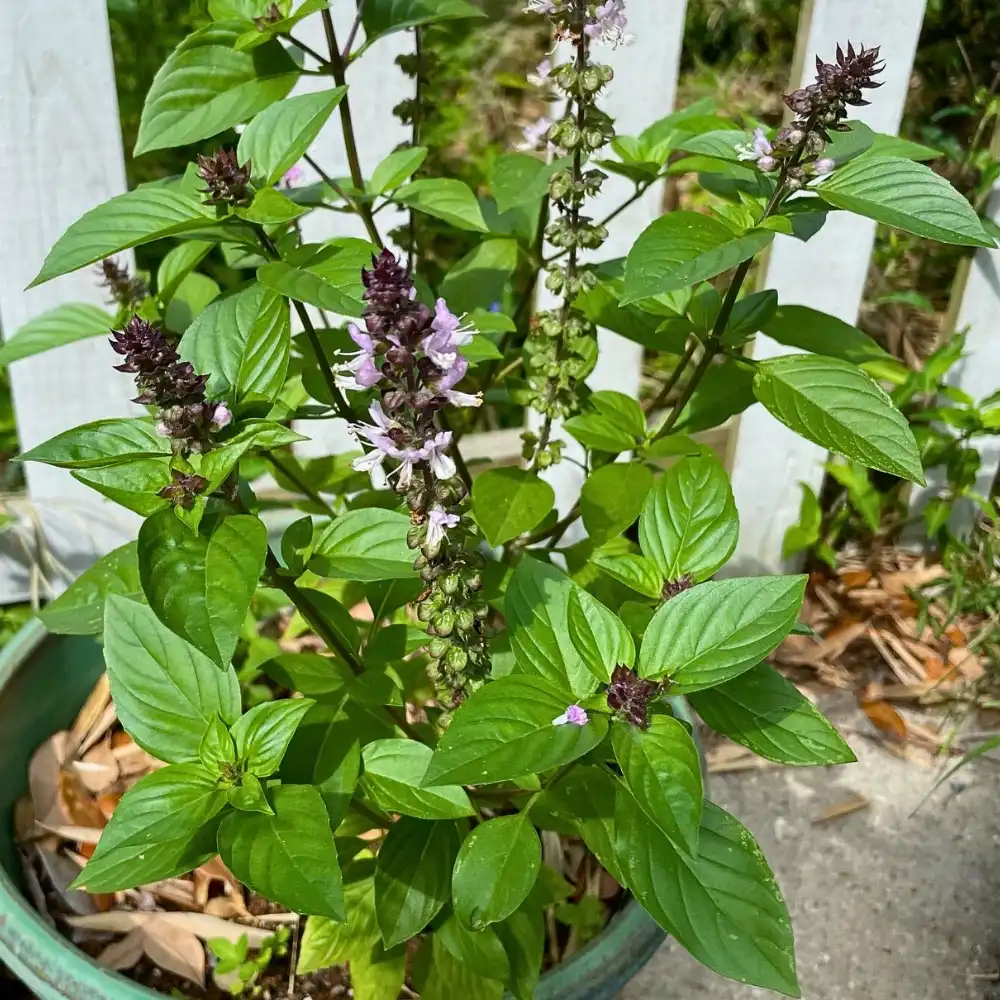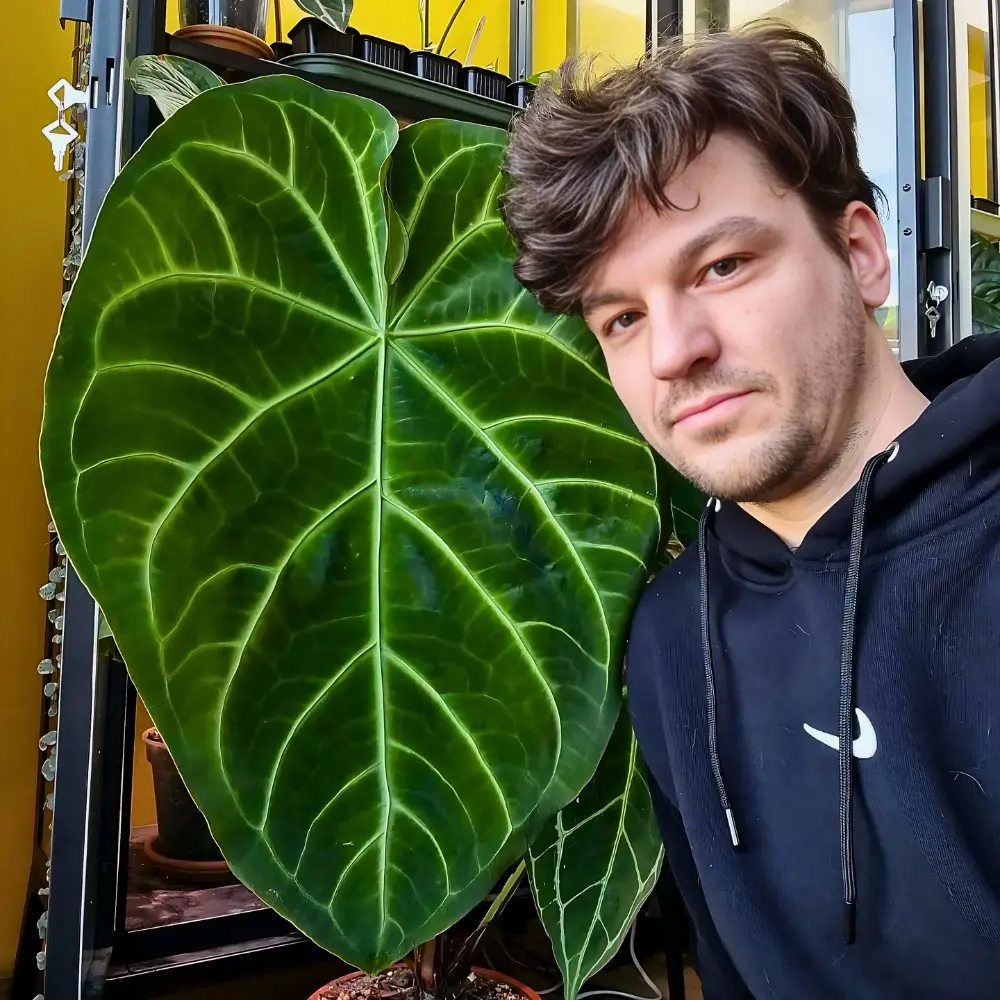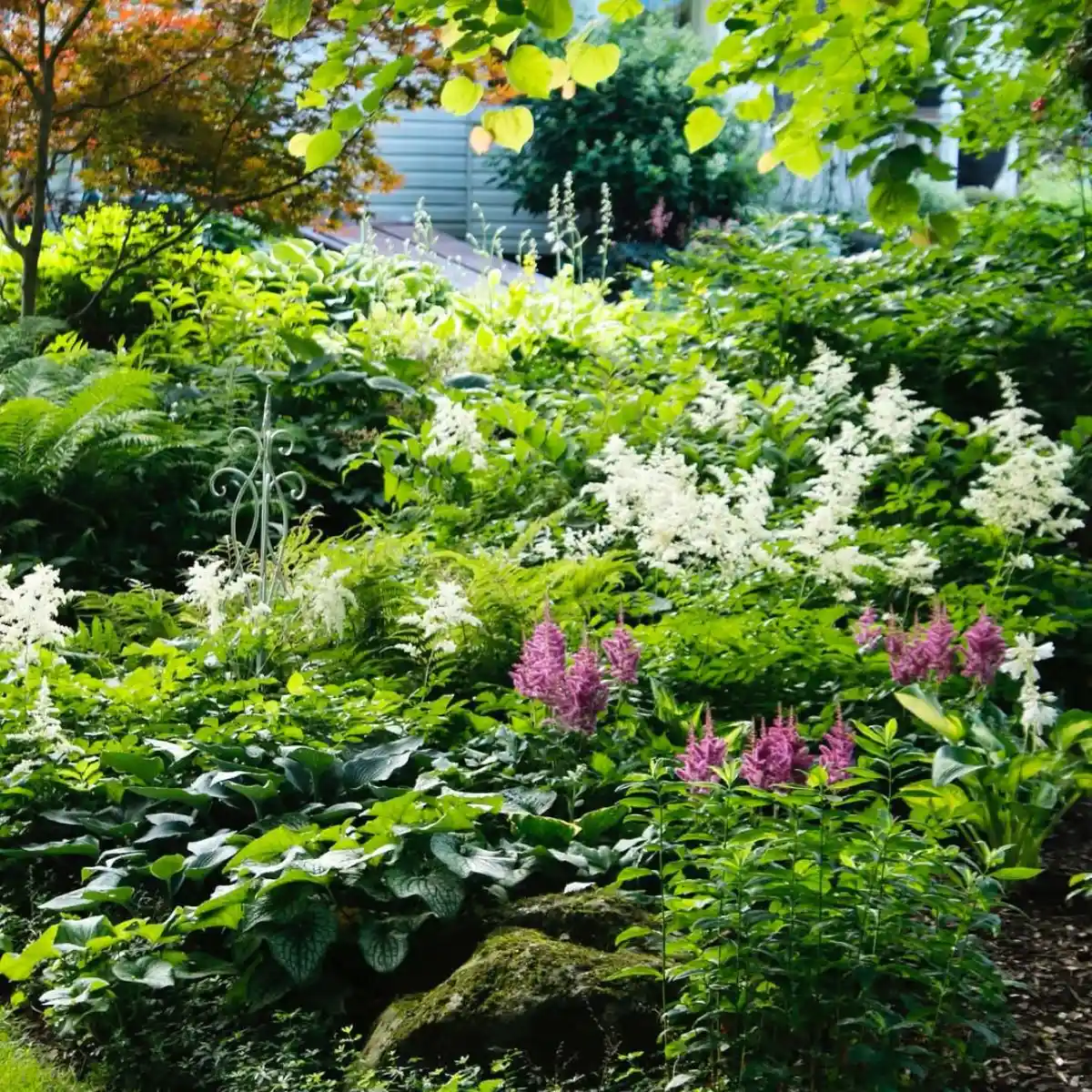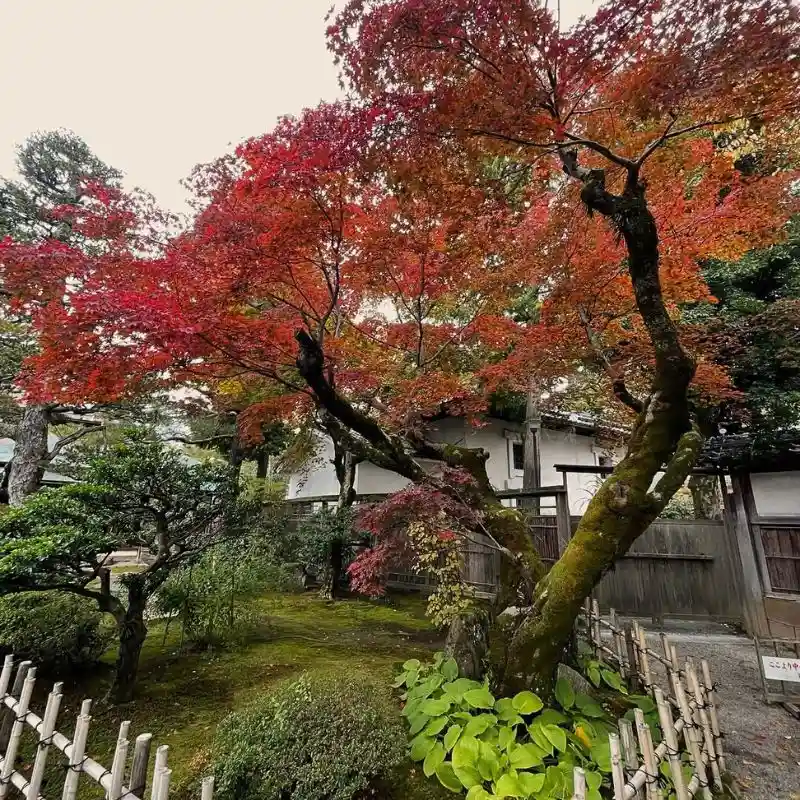Did you know that plants can communicate with each other? It may sound like a science-fiction concept, but scientific research has yielded fascinating insights into plant communication methods. While plants do not communicate in the same way that humans do, they have evolved complex systems for exchanging information, warning each other of impending threats, and even assisting their neighbors in times of need. What you're about to read will blow your mind quite literally.
Footage Demonstrates the 'Touch-Me-Not' Plant Communicating With Other Plants About Potential Predators
When the Touch-Me-Not plant, officially known as 'Mimosa pudica', is shaken or brushed by assumed predators, its leaves quickly contract as a means of protecting not only itself but as a sign to warn its neighbors that predators are close by. When one of these specimens detects danger, such as a nearby herbivore about to take a bite, calcium erupts within its system, causing exposed areas to retract. Scientists have known since the 1980s that other plants, not just those classified as sensitive, such as the touch-me-not, transmit similar warnings. And thanks to molecular biologists at Japan's Saitama University, there's now visual proof of the procedure in this incredible footage that demonstrates how these plants 'talk' and communicate with others when situations that endanger them take place. Take a look!
Video by Science Alert
Also interesting: read the article 'Who Said Plants Don’t Have Feelings?' to understand more about how plants communicate with each other through different types of behaviors and mechanisms.
What the Video Footage Shows About Plant Behavior
A video released by Science Alert shows bright green quickly illuminating the leaves of a Thale Cress plant, also known as 'Arabidopsis thaliana'. Researchers genetically modified the plant so that when calcium flowed through its cells in greater quantities, a biosensor fluoresced. This color change occurred as a result of airborne chemicals emitted by nearby caterpillar-infested plants. The damaged specimens released the compounds to alert their fellow flora, causing the calcium reaction in their neighbors.
Video by Firstpost
Now to understand a bit more about why these types of plants act this way when they feel in danger, here's a bit more information to grip on. You must know that it is hypothesized that this rapid folding deters herbivores and insects from eating the plant by making the plant appear smaller, while simultaneously exposing the sharp spines on the plant stems. In the case of the Mimosa pudica plant, it exhibits this movement during the night and when it is exposed to actors such as excessive heat and rain, protecting the plant from physical damage or desiccation.

The leaves of the Mimosa achieve this rapid folding by a change in turgor pressure. Turgor pressure is the amount of water pressure in the cell that is pushing up against the cell wall. When there is a lot of water pushing against the cell wall the turgor pressure is high, and the cell is rigid. When water moves out of the cell, the turgor pressure decreases and the cell becomes flaccid. The movement of water into and out of the cell is known as osmosis. Osmosis occurs when there is an unequal concentration of solutes, such as sodium or potassium ions, on two sides of a membrane, in this case, the cell wall. Water will flow from the solution with the higher concentration of solutes to the lower concentration until an equilibrium between the two sides is reached.
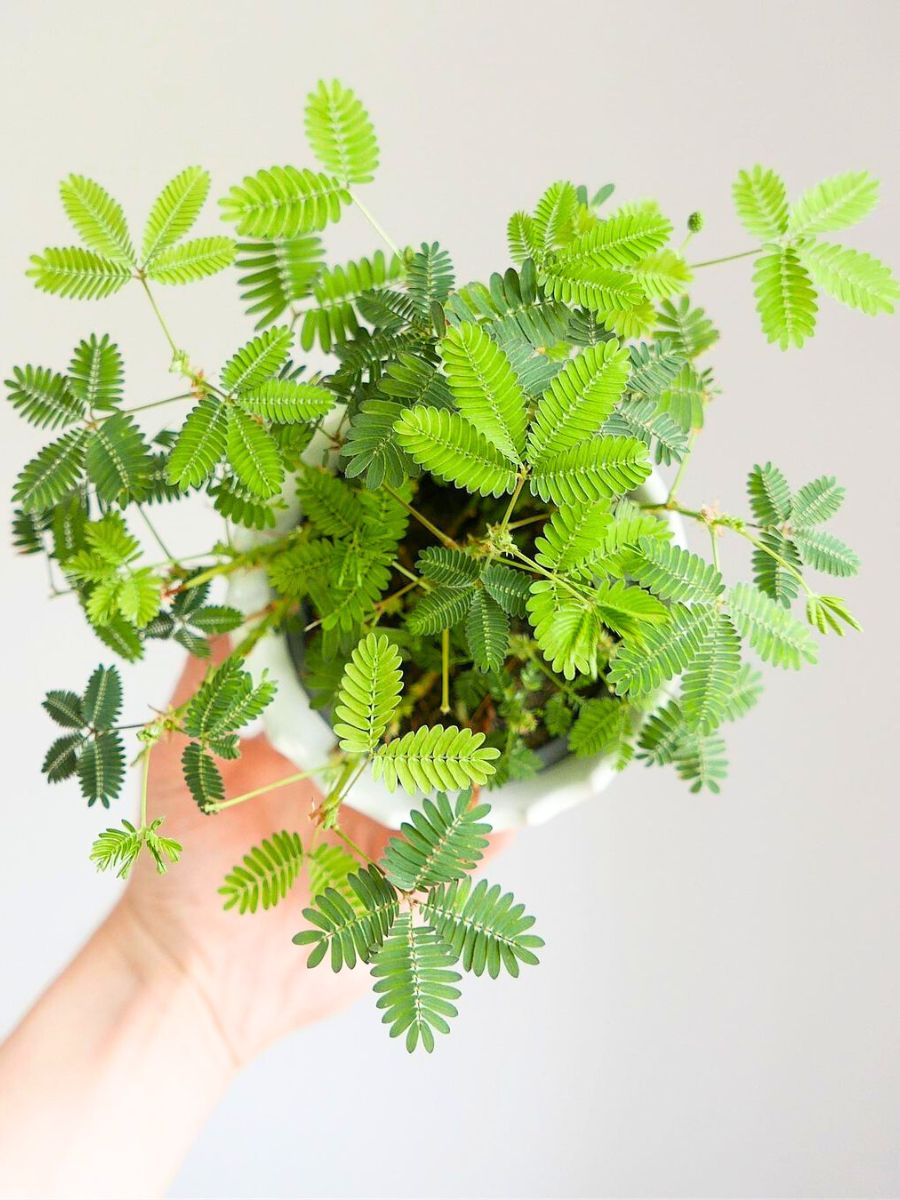
Photo: @indoorgardenbymarco
Furthermore, when the Mimosa leaves are touched, the concentration gradient of potassium and chloride ions changes within two types of cells, the flexor and extensor cells, within the plant's pulvinus. The pulvinus is the "hinge-like" part of the plant where the leaflet connects to the midrib and the midrib connects with the stem. Water flows from the extensor cells on top to the flexor cells on the bottom of the pulvinus. This change is the concentration of potassium and chloride ions that causes water to flow out of the extensor cells, and they become flaccid, while water flows into the flexor cells, making them turgid. This causes the leaflets to fold and the midrib to droop from the stem. But the story doesn't end there. There's a lot more behind the process of defense mechanism of these types of plants.
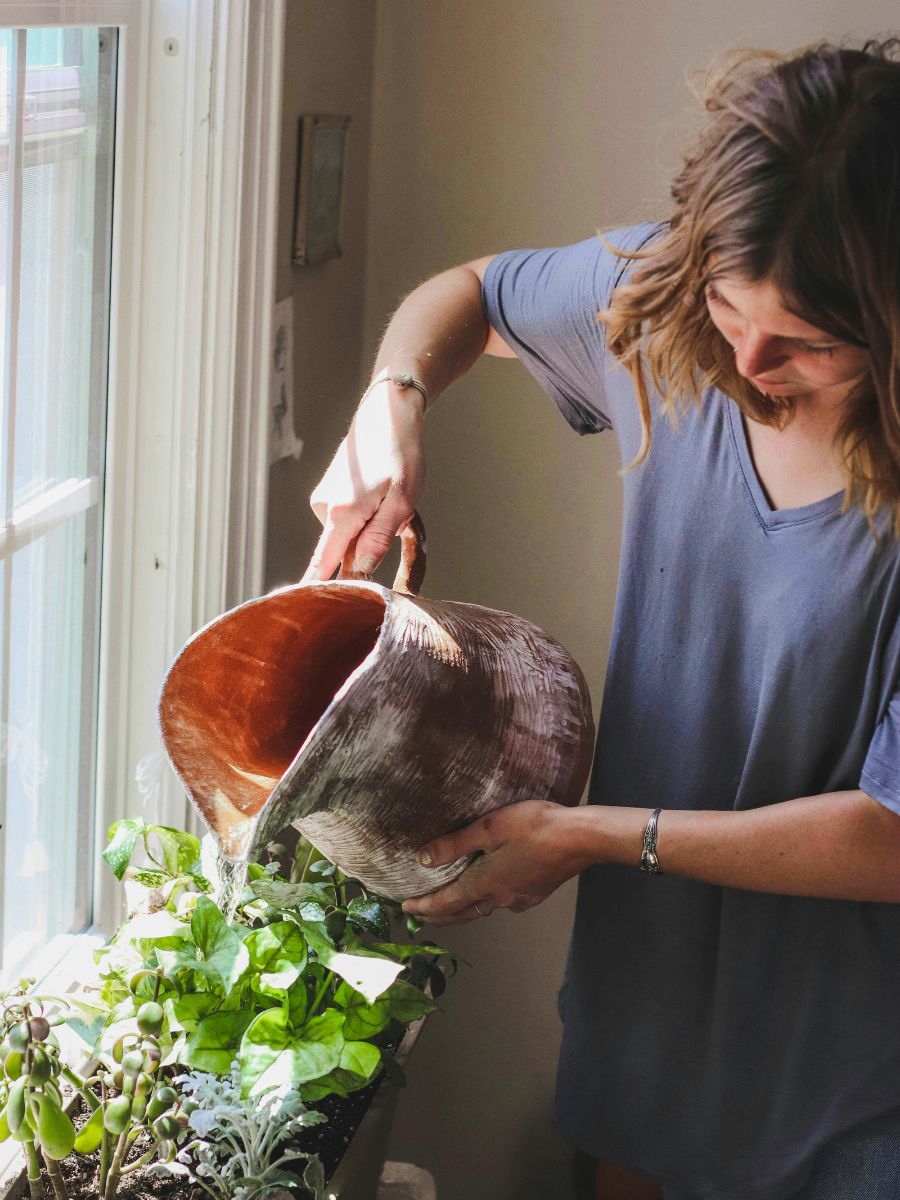
Photo: @cassdays from Unsplash
If you want to keep learning about the fascination behind these sensitive plants and a load of interesting facts, keep reading more about them on Ask Nature.

